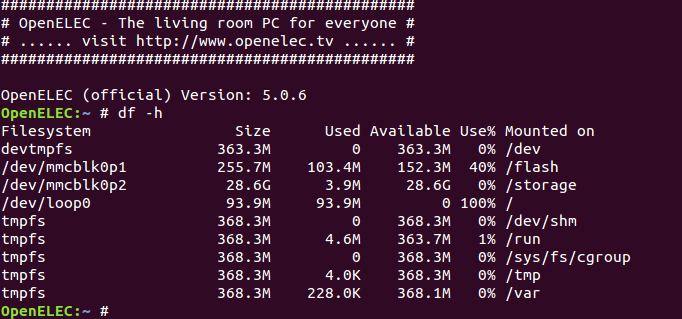


Many users have reported overheating issues and this happens usually because when you are streaming for hours, the board’s performance is fully utilized. The reason behind this recommendation is that a Flirc Raspberry Pi case comes with a built-in heat sink, which prevents the board from overheating. The Flirc Raspberry Pi case is not an essential need but it is a good thing to have if you plan on binge watching. This is why I recommend users to either optimize their boards or buy the latest Raspberry Pi model. The older the Raspberry Pi boards get, their performance starts declining. Make sure you buy an up to date Raspberry Pi model, so that you do not get to face any issues related to hardware or OS compatibility. It is obvious that without the device itself you cannot proceed further. Following peripherals are required for setting up Raspberry Pi: 1.

Things needed to setup Raspberry Pi for Kodi v17.6īefore you jump on to the installation of Kodi on Raspberry Pi, let me tell you about the things that you will need to setup Raspberry Pi.
#DOWNLOAD OPENELEC FOR RASPBERRY PI 2 HOW TO#

However, the system turns up the clock rate when playing high-resolution videos or navigating through the menus. For example, when Kodi has nothing to do, the system will reduce CPU speed to the default settings. The operating system increases the clock rate only as needed regardless of the overclock rate chosen. In this way, you can figure out the limits to overclocking your Rasp Pi. If the system experiences interruptions, or worse yet a crash, you should take the rate back down a notch. If the system is stable, you can turn the rate up a notch. Not every Raspberry Pi can tolerate the maximum clock rate, so you should observe the system after increasing the CPU speed gradually. Instead, it is better to proceed step by step. Please do not start immediately in Turbo mode and set the clock rates at maximum speed. Figure 5: The maximum clock rates selected to overclock the Rasp Pi should be entered manually into config.txt.


 0 kommentar(er)
0 kommentar(er)
